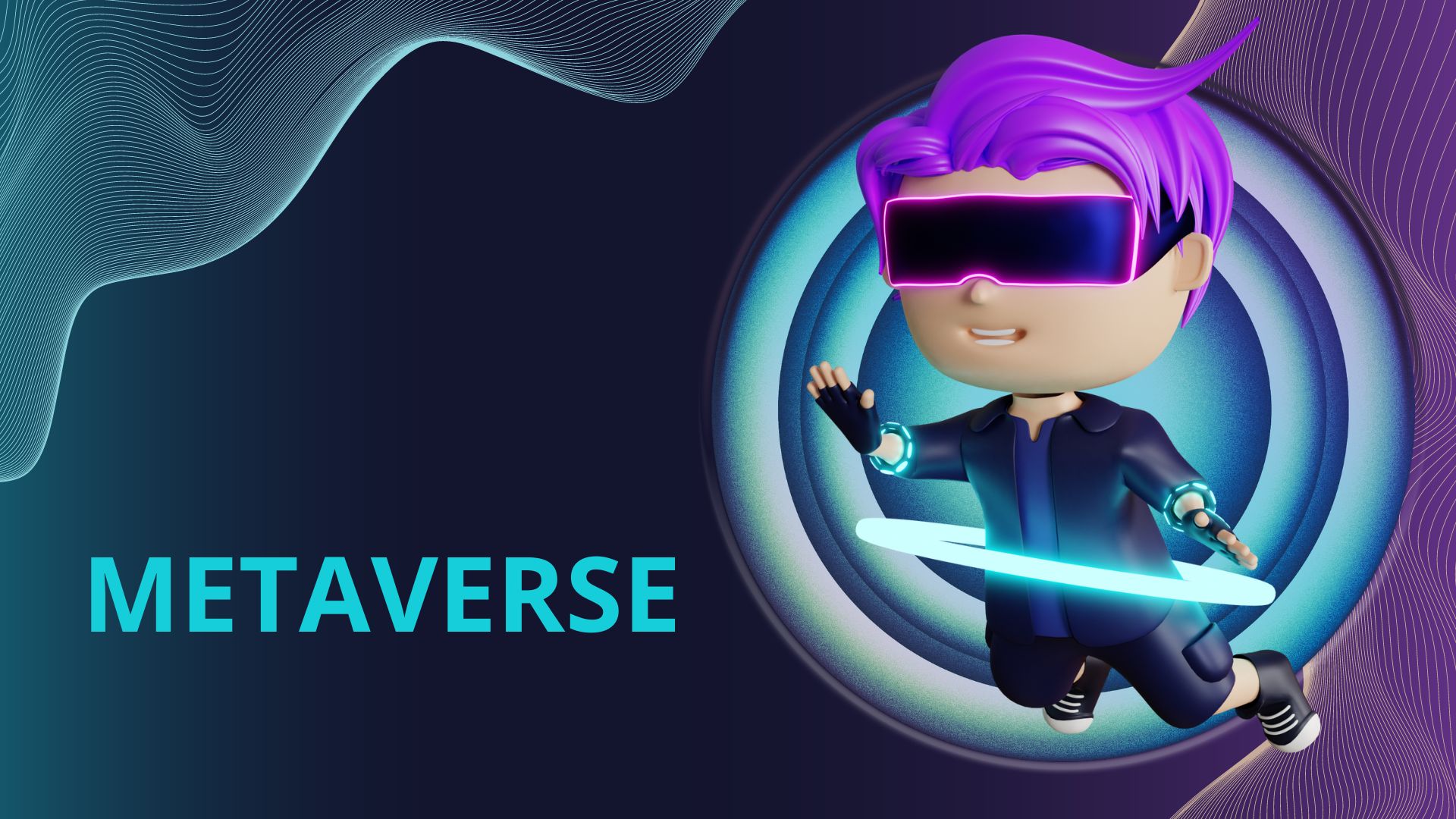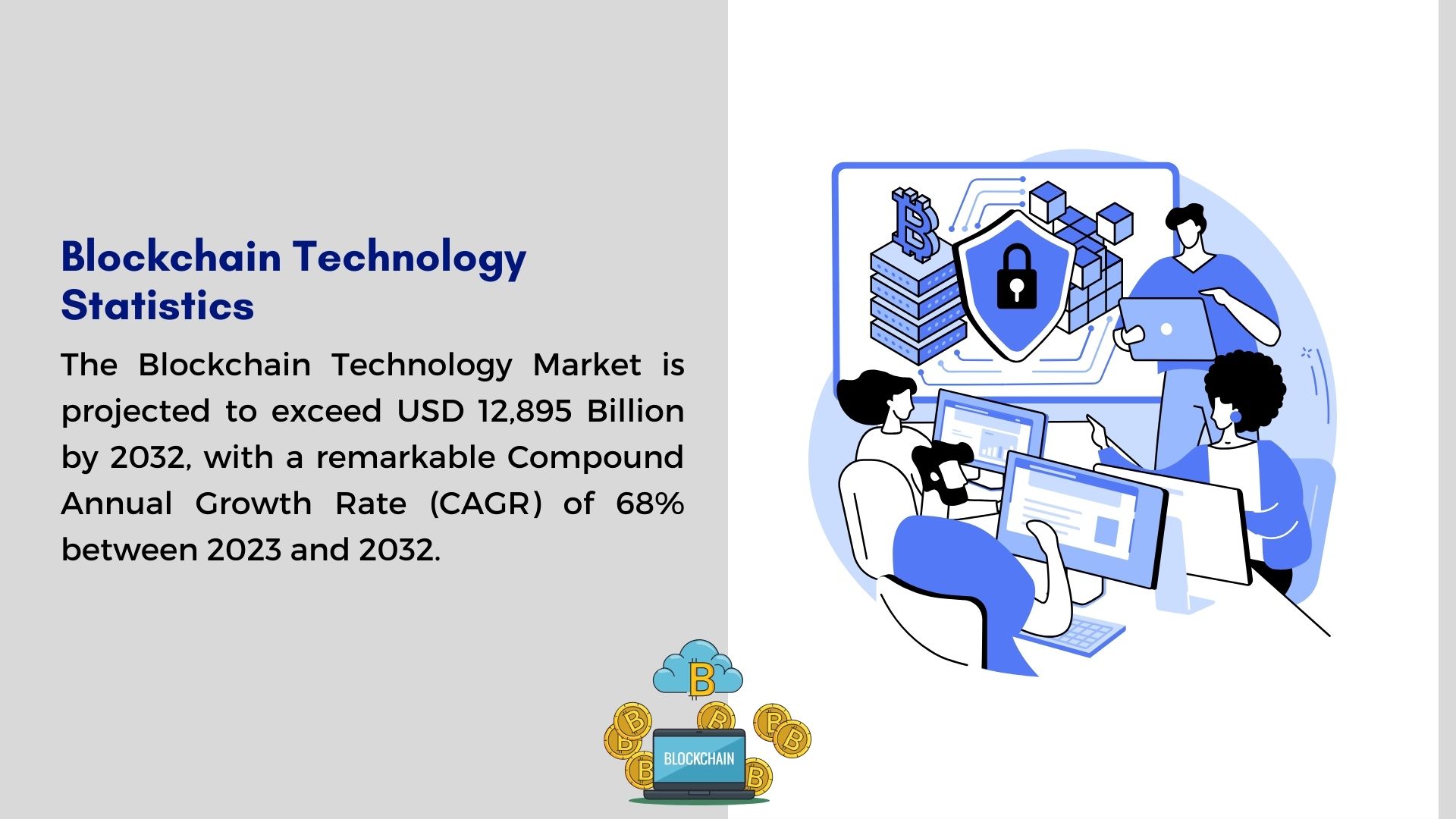Bill Gates and Paul Allen created Microsoft Company on April 4, 1975. It was ranked No. 21 in the Fortune 500 list of the largest US firms by total revenue in 2020. As of 2016, Microsoft was the world’s largest software maker by revenue. It is one of the Big Five US information technology companies, including Apple, Google, Amazon, and Meta.
Microsoft Corporation is an American multinational technology company that produces personal computers, consumer electronics, computer software, and related services. Microsoft Windows, Microsoft Office, Internet Explorer, Edge web browser, and others are its well-known products. Its flagship hardware products are Microsoft Surface-a touchscreen-based personal computer model and Xbox gaming consoles.
Microsoft used to provide precise adoption data shortly after Windows 10 operating system was released. This was to show how quickly the novel-free update was being adopted by the Windows 8 and Windows 7 customers. Microsoft Company has not followed that same strategy for Windows 11. So we’ll have to rely on third-party data to determine how rapidly consumers are adopting the new Windows 11 OS across the globe.
Steam Computers:- They are the series of pre-built gaming computers mainly designed to run the Valve’s SteamOS and provide an experience similar to a game console.
The technical analyst took a few months’ worths of data from the Steam Hardware & Software Survey and compared it to the months immediately after the release of Windows 10 OS. Although the data is incomplete and obviously, little noisy-Steam users must volunteer to submit the data, but the difference in adoption is significant enough to draw some conclusions.
The Windows 10 operating system is a significant update to Microsoft’s Windows NT operating system. It’s the immediate successor to Windows 8.1, which came out over two years ago. In October 2021, Microsoft launched Windows 11, the most recent major release of its Windows NT operating system. It’s a free update to Windows 10 (2015), and it’s available for Windows 10 devices that meet the new Windows 11 system requirements. In addition, the technical analyst used the Internet Wayback Machine in Windows 10 and Windows 11 cases to find seven months’ worth of data, including the month instantly preceding the release of each operating system. Also, the analyst combined the figures for Windows 8.0 and 8.1 to chart the usage numbers for 64-bit OS versions (32-bit versions along with versions like XP and Vista are combined into “other”).
As a result, Steam users are shifting to Windows 11 at around half the rate they were migrating to Windows 10. Six months after Windows 10 was released, it was running on 31% of all Steam computers. The OS installation ratio is almost one out of three Steam computers. As of March 2022, Windows 11 is installed under 17% of Steam computers. The OS installation ratio is around one out of every six Steam computers. In 2022, the operating system Windows 10 is still running on three-quarters of all Steam computers.
It is easy to read these findings as an indictment of the operating system Windows 11, which sparked debate with its strict (and frequently misunderstood) security-related system requirements. These system requirements are likely to account for at least part of the slow adoption. Many of the PCs surveyed by Steam cannot install Windows 11. This could be due to users using an older unsupported CPU or having one or more security features disabled. The firmware TPM modules and the Secure Boot were frequently turned off by default on new motherboards. However, there are many other reasons. Microsoft’s Windows 11 OS adoption seems slower than Windows 10 OS, but Windows 10 adoption was also extraordinary.
The operating systems Windows 8.1 and 8 were not well-loved. People who still used Windows 7 OS were missing out on some of Windows 8’s pleasant quality-of-life additions and changes under-the-hood the Windows 8 brought. The Windows 10 was designed to address (and a fix) many of Windows 8’s user interface changes.
Furthermore, the spike between July 2015 and September 2015 reflects this pent-up demand. The Windows 8 users dropped from roughly 35% to 19% in the first two months after the release of Windows 10. Almost all of those customers and a smaller but significant number of Windows 7 users were migrating to Windows 10. In November 2021, the Windows 11 likewise had a substantial increase in early adopters, but the gains were significantly lower in subsequent months.
On the other hand, Windows 11 was unveiled with minimal hype, and it was supposed to replace what customers were informed was the “final edition of Windows.” Where Windows 10 replaced unsolved OS, a new one and well-loved but aging operating system. Windows 11 was replaced by a modern OS that no one complained about (Windows 10 was installed on more than 90% of all Steam computers as of September 2021 – even Windows 7 in its prime couldn’t boast that sort of acceptance).
Moreover, it is also important to note that Microsoft did not attempt to recreate the initial surge of Windows 11 adoption. After some difficulties with early Windows 10 servicing updates, Microsoft started rolling out updates more slowly. Initially, upgrades began with a few PCs and gradually increased availability as operating system-related issues were identified and resolved. Windows 11 entered “its final phase of availability” in February, ensuring that everyone with a compatible computer could obtain Windows 11 via Windows Update if they desired it.
According to Gartner research vice president-Stephen Kleynhans, Windows 11 is more slowly updated than Windows 10. In addition, with little to gain from moving quickly right now, the associations don’t have a compelling reason to implement the redesign right away.
ABOUT AUTHOR
Steven Burnett has over 15 years of experience in a range of industries and domains. Steven has a flair for gathering data and information through extensive research efforts, and has a strong set of skills to cover almost any domain with ease and produce reports that are easy to understand and aid in making well-informed decisions. You can get in touch with him here. Phone No: +1 315-447-6937 Email: steven.b@coinlaw.io









